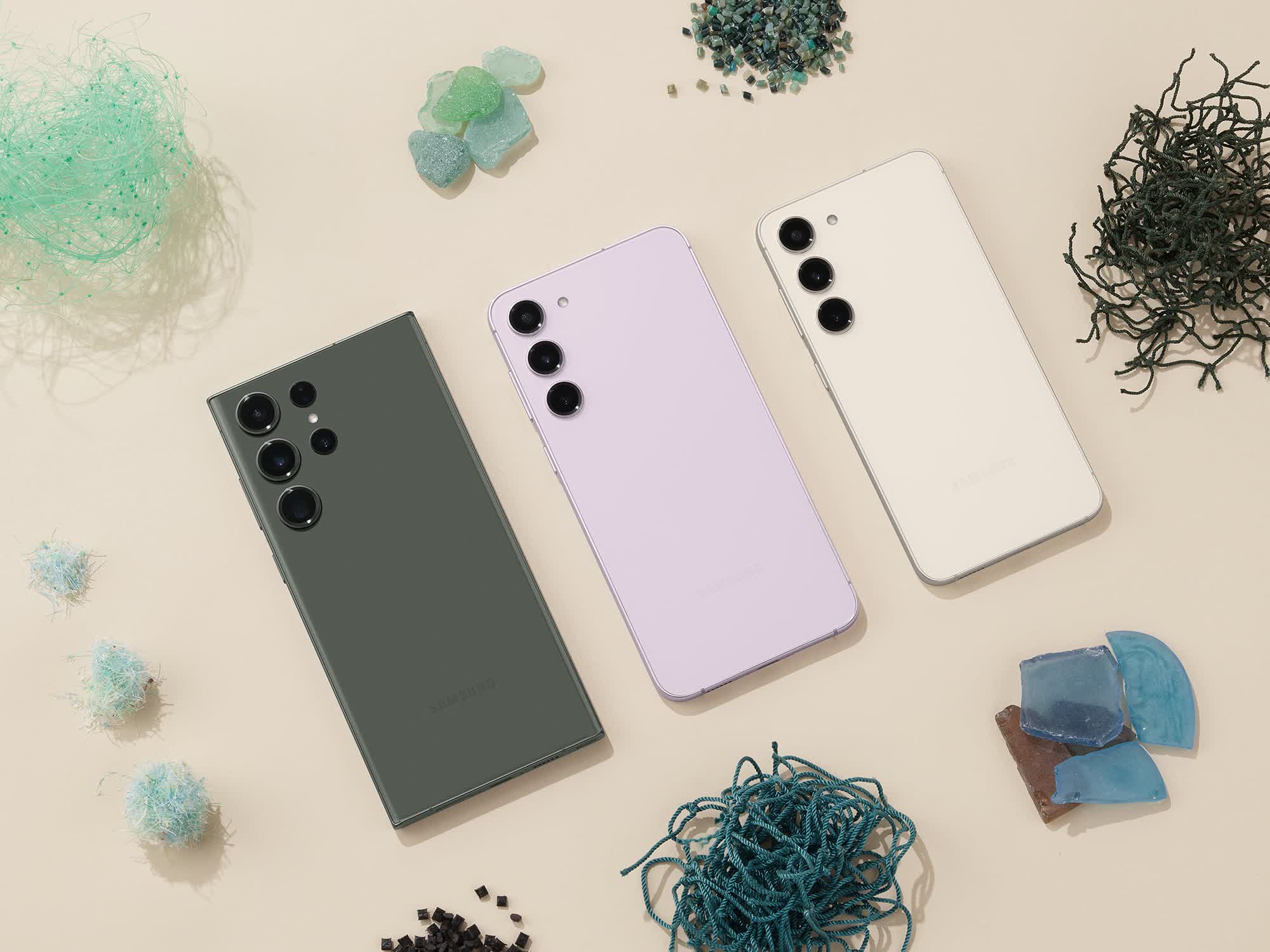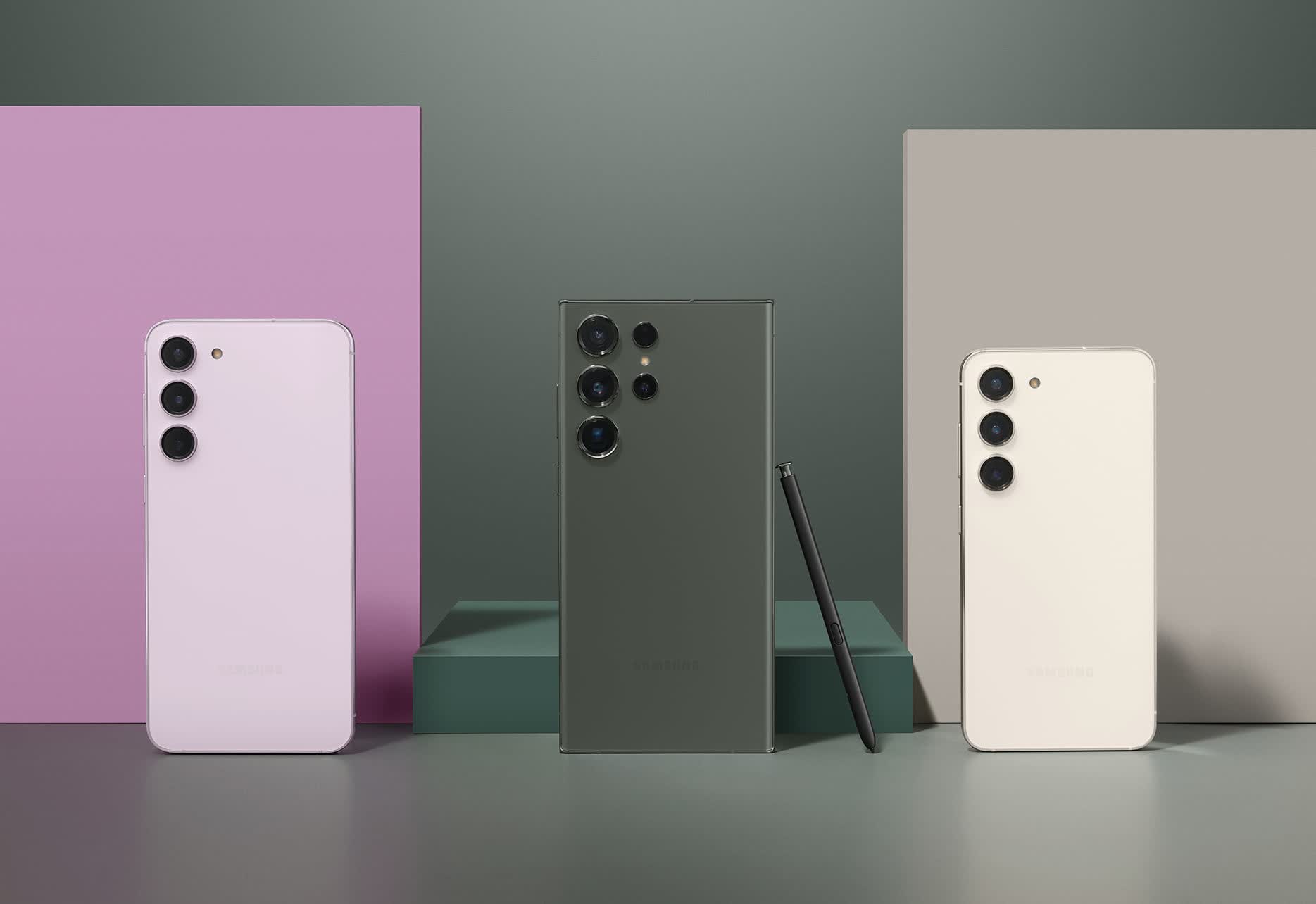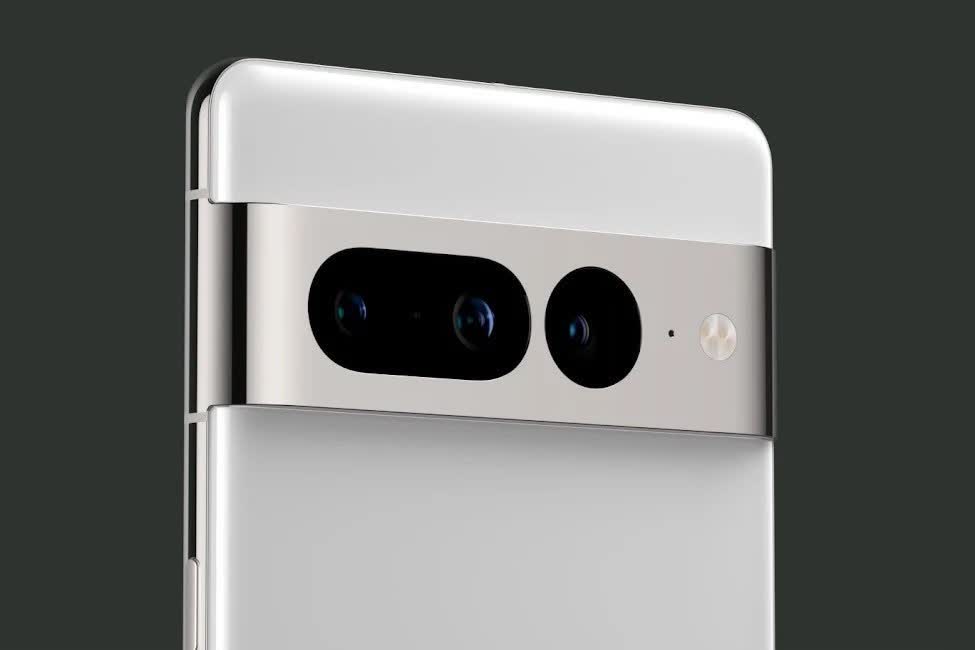The iPhone 13 remains our top pick for most: it’s very similar to the iPhone 14 but it saves you $100 for the same storage capacity, starting at 128GB. It is equipped with the same A15 SoC, though it has 4GB of RAM compared to the 6GB in the iPhone 14. Additionally, it boasts an identical 6.1″ OLED screen with the same notch and a 60Hz refresh rate. Unlike the iPhone 14 series, the iPhone 13 still supports physical SIM cards.
The camera system is also notably similar, featuring a 12MP front camera and two 12MP rear cameras, one of which is an ultrawide lens with 0.5x optical zoom. The primary distinctions in the iPhone 14 series include the Photonic Engine, enhancing low-light photography, and the Action mode, which is useful if you shoot videos while moving. Besides these, the major new additions are two emergency features: crash detection and, depending on the country, SOS via satellite.
If you want a smaller iPhone, you should hurry and get the 5.4″ iPhone 13 Mini before it’s discontinued (starts at $600). If you prefer a bigger iOS device, you are less lucky and you’ll need to pay at least $900 for the 6.7″ iPhone 14 Plus.
Although Apple’s iPad lineup transitioned to USB-C years ago, iPhones still require a lightning cable for faster, wired charging. Rumors suggest that the first official USB-C iPhone will debut either this year or the next, at least in Europe. Still, this projection offers little solace. Moreover, Apple’s omission of a charger in the box is challenging to endorse as an eco-friendly move.
While Apple’s strategy prompted competitors to also forgo chargers in their packages, it has sparked a commendable trend: long-term software support. This ensures that when upgrading, you can pass down your iPhone to another family member or sell it in the second-hand market at a respectable price.
Samsung Galaxy S23

Much like the iPhone 14, the Samsung Galaxy S23 bears a striking resemblance to its predecessor. However, with a newer SoC and an additional year of guaranteed software support, the $800 price tag is justified – especially when the S22 is available for $100 less and becomes an even better deal during sales.
Powered by the Qualcomm Snapdragon 8 Gen 2 – currently the pinnacle in the Android sphere – the S23 has upgraded its front camera to 12MP from the S22’s 10MP. The promise of four years of major OS updates and five years of security patches addresses the long-standing gripe many Android users have about being excluded from the latest features.
With 8GB of RAM and a 120Hz refresh rate, Samsung’s One UI Android interface glides effortlessly on the 6.1″ AMOLED display. For those who favor larger screens, the Galaxy S23+ offers a 6.6″ display (albeit with the same, 1080 pixels wide resolution), a bigger battery to compensate, and 45W wired charging compared to the base model’s 25W.

The S23+ starts at $1,000, but provides 256GB of storage, so if you were planning to get that amount anyway, it’s only $140 more expensive than the S23. Potential sale discounts could minimize this difference. All 256GB models utilize the swifter UFS 4.0 standard over 3.1, theoretically doubling the speed for file operations. Additionally, they introduce ultra-wide band (UWB) support, ideal for pinpointing Bluetooth-linked items such as Galaxy SmartTags.
In terms of camera specifications, both the S23 and S23+ closely resemble the S22. The 50MP primary camera, while perhaps excessive for casual photographers, showcases its prowess when you zoom into minute details. This primary lens collaborates with a 12MP ultrawide and a 10MP telephoto sensor boasting a 3x optical zoom.
Built on Android 13, One UI 5.1 introduces features like convenient widget stacking, image text recognition, and enhanced cohesion with Google’s Material You design aesthetic. With Samsung Dex support, users can transition to a desktop environment. Coupled with its software support, the Galaxy S23 emerges as an attractive proposition for most Android aficionados.
Google Pixel 7 Pro

If you want a phone with a big, high-resolution display and a high-end camera system for a decent price, the Google Pixel 7 Pro is a great alternative to the Galaxy S23, often selling for $700 with 128GB of storage. Google guarantees three years of OS upgrades and five years of security patches. As the brain behind Android, Google’s updates are as prompt as Apple’s iOS patches.
Google’s Tensor G2 SoC isn’t as fast as the Snapdragon 8 Gen 2, but it’s paired with 12GB of RAM. The 6.7″ display is sharper than the Galaxy S23+ at 1440 pixels wide, and has the same 120Hz refresh rate. The 23W wired charging speed applies to wireless charging as well, compared to the Galaxy S23 line’s 15W wireless speed.
Camera-wise, the phone features a 50MP main lens, a 12MP ultrawide sensor, and a formidable 48MP telephoto camera with a 5x optical zoom. The front hosts a 10.8MP camera – ample for most needs, but its fixed focus makes the Pixel less optimal for selfie stick usage.
More Alternatives
On paper, the OnePlus 11 combines the best of all worlds with a display and a camera array similar to the Pixel’s (albeit with a 2x optical zoom), the Snapdragon 8 Gen 2, and exceptional 100W wired charging (80W in the U.S.) that makes up for the lack of a wireless option. However, the software holds the cameras back, and at $700 it’s still too expensive for a device that may not survive a drop into water, so you should only consider it at a significant discount.
Foldable phones, like the new Samsung Galaxy Z Flip 5, might seem tempting. However, their design restricts battery and camera configurations. With a noticeable crease when unfolded, the Flip 5’s $1,100 price point is steeper than the Galaxy S23+’s, and it’s more scratch-prone and lacks dust resistance.
The Motorola Razr+ (a.k.a. 40 Ultra) offers a higher-quality external display that can fully replace the main one more often, a much more subtle crease, and much better dust resistance but much worse water resistance. It’s also cheaper at $1,000, but comes with a last-gen SoC. Unless you really need the unique form factor, you should probably look elsewhere.

